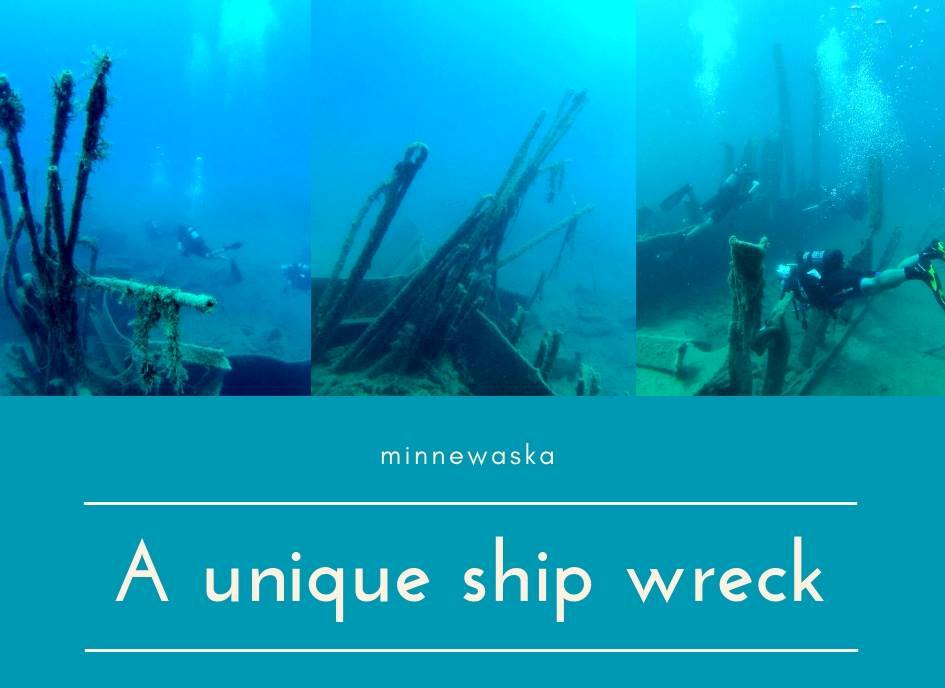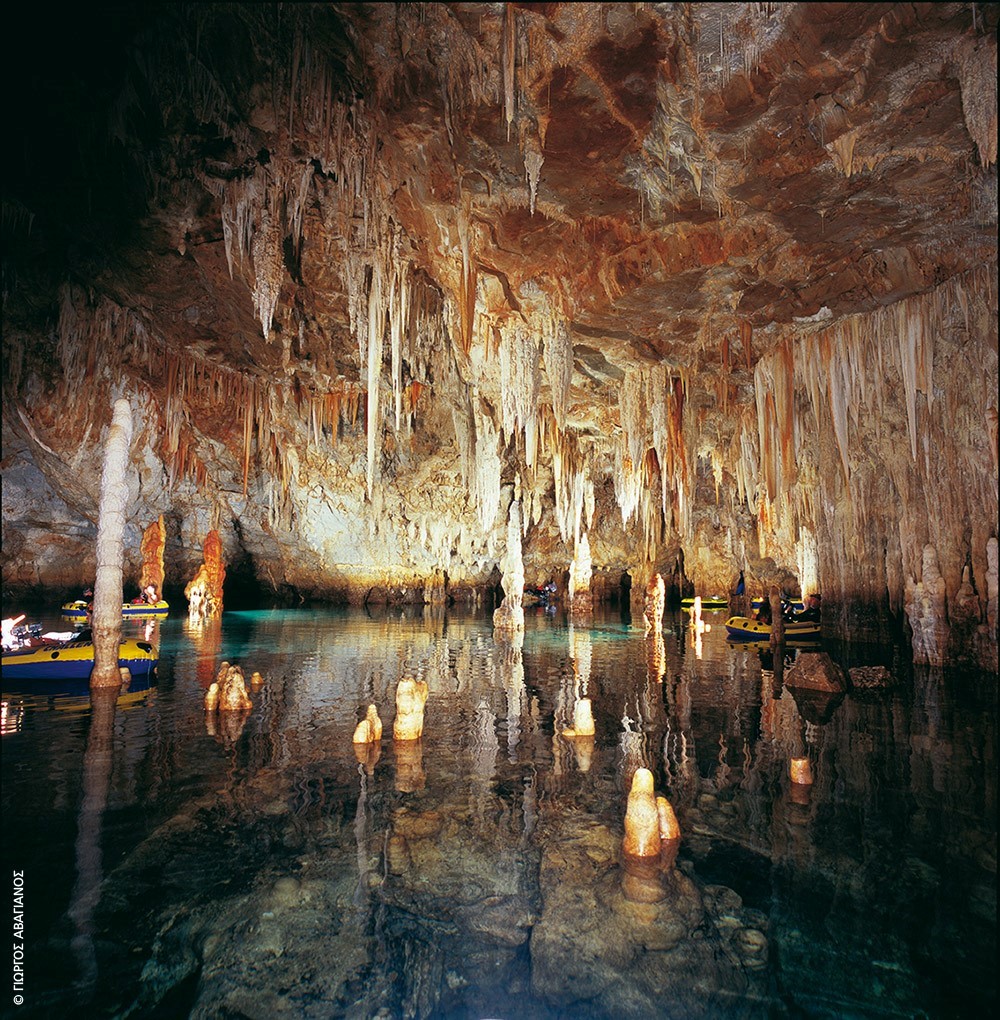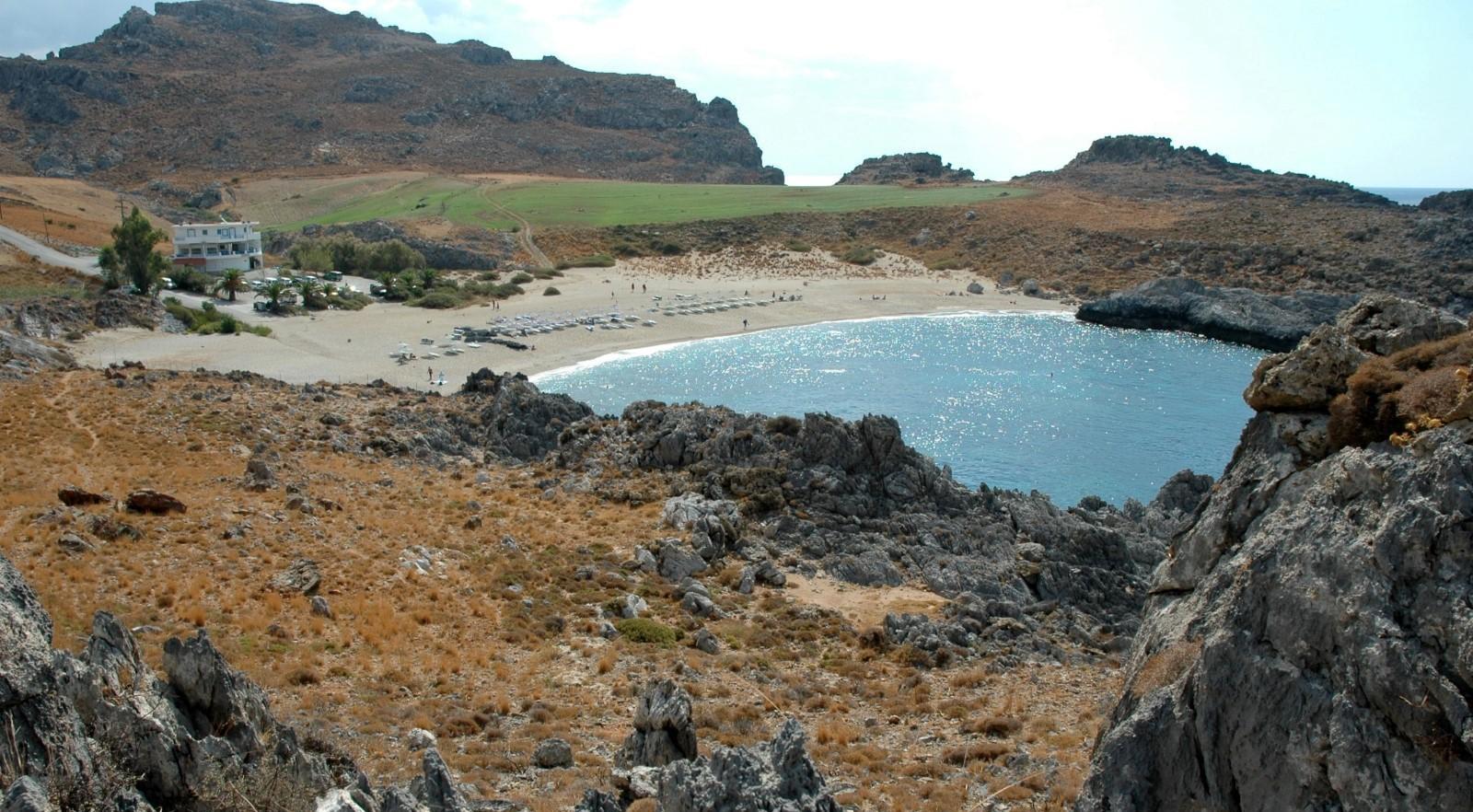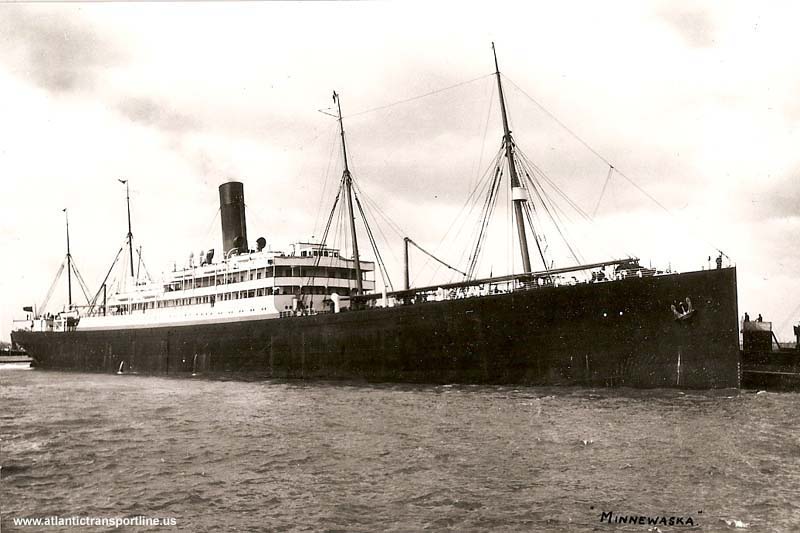Diving in Crete


The name of the supreme god of the seas Poseidon, son of Kronos and Rhea, brother of Zeus (the latter was born and raised on this island). In Crete it was Poseidon who was considered the culprit of frequent earthquakes: the blows of his trident shook the sea and land. The Minoans performed sacrifices and rituals for the bull god to appease the terrible deity of the sea, and calm the angry elements. To Poseidon, there were made sacrifices, including human ones. Confirmation of this barbaric rite is preserved in the ancient Greek myth of the Minotaur living in the labyrinth of King Minos’ palace in Knossos. The Minotaur is a Cretan monster, a man-eater with the head of the bull. Criminals were thrown at him to be eaten and every nine years seven girls and seven young men were also sent from Athens. The Minotaur was the offspring of an unnatural love of the King Minos’ wife and the bull sent by Poseidon. According to other versions, the Minotaur was considered to be the son of the god Poseidon.
As you are admiring the landscapes of Crete, you want to believe in all these myths about gods and unknown monsters; and the beauty of local bays is simply breathtaking.
The island’s infrastructure is well developed as it is one of the most popular southern European resorts. Here you can find many diving centers. It is worth noting that the most visited of them are located in the north of the island. Turning to one of the many diving clubs, guests of Crete will be able to immerse themselves in the magical underwater world. You can also snorkel off the coast, go sea fishing or take an excursion in a boat with transparent bottom.
The climate of Crete is rather dry and hot, which allows you to start diving in early April and to end the season at late November. The air temperature at this time ranges from 23 to 35 degrees and the water temperature – from 19 to 26 degrees, so diving is always comfortable.
For divers in Crete, there are a number of noteworthy places, the best of which is the Elephant Cave. A first full study of the cave, scientists carried out only in 2000. The results were fantastic. Here, for example, petrified bones of ancient elephants were found, which scientists attributed to a new species—Elephas chaniensis: “elephants of the Chania region”. It was determined that they lived here 50,000 – 60,000 years ago and were larger than their current brothers.

Not only tourists-divers, but also paleontologists, make regularly excursions to here. The entrance to the cave is in the Gulf of Suda at a depth of 10 meters. To get into the cave, you need to swim through a tunnel 40 meters long. The cave itself is 125 meters long with an average width of 25 meters. In the main hall, the depth of the bottom is from 0.5 to 4 meters, and the height of the cave above the water surface exceeds somewhere 10 meters. The entire ceiling is filled with reddish stalactites.
The divers are also attracted by a cemetery of the Venetian anchors in the town of Panormo (between Rethymno and Heraklion). An interesting adventure will be immersion in the water at Skinaria. All kinds of local marine fauna are abundant here: spiny lobsters, stingrays, octopuses, etc. You can even meet moray eels. The transparency of the water in this place is impressive: visibility exceeds 40 meters. So it’s clear why the local diving center welcomes tourists from all over the world. Skinaria is a relatively unknown sandy beach for most tourists in the south of the island, located 35 km from Rethymnon, near the village of Lefkogia.

Sunken ship
Several wrecks remained under the water around the island. Because of the shallow water, they are severely destroyed by waves and time. The divers call they wreck.
One of such ships’ remains lies at a depth of about 20 m at the entrance to the Gulf of Souda. Its name Minnewaska is derived from an American Indian word meaning “Clear Water.” The ship was built at Belfast shipyards for Atlantic Transport. The ship is 183 m long and 20 m wide. Its first voyage took place in May 1909. Until 1915, Minnewaska made 66 London-New York cruises.

At the time of the First World War, the ship was requisitioned by the British government for transporting military personnel. During the voyage between Alexandria (Egypt) and Thessaloniki on November 29, 1916, it left Souda and hit a mine, put by a German submarine at the exit from the bay. Despite the fact that the hole was large, the captain of the ship Gates decided to reach the shore at high speed, and he succeeded. The ship ran aground a few tens of meters west of Cape Deutero at the entrance to the Bay of Souda. The evacuation of passengers took about two hours: 1800 soldiers and 200 sailors were rescued. Subsequently, Captain Gates was awarded the Order of the British Empire.
The ship lay aground for two years until was sold to the Italian company Shipbreakers for scrap. They cut it and pulled to the shore with winches but some parts of it are remaining in place today. Now Minnewaska is just a diving wreck. Omega, a diving center, uses it for diving tours. (Omega Divers Chania – www.omegadivers.com).
April 2020